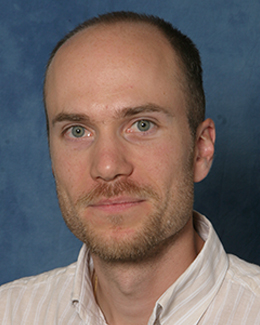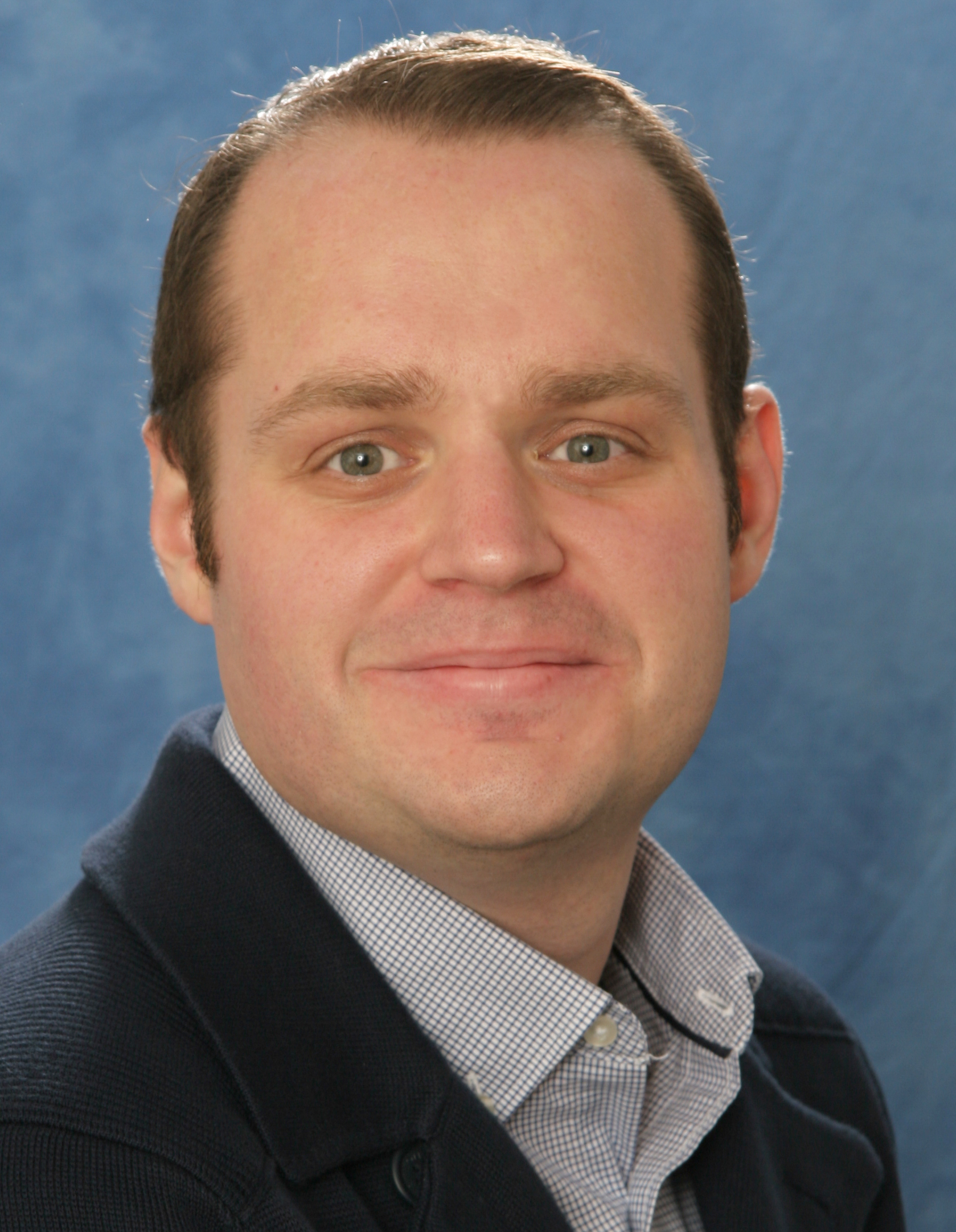Meet Postdocs Andrea Banzatti and Pierre Haenecour
 Andrea Banzatti joined LPL in October 2016 as a Postdoctoral Research Associate with Associate Professor Ilaria Pascucci. Andrea is trying to unveil unknown parts of the story of planet formation from multi-wavelength observations of protoplanetary disks. By observing them at UV, optical, infrared, and millimeter wavelengths, and especially using high-resolution spectrographs, Andrea is studying the presence of water in planet-forming regions at 0.1-10 AU from the central stars, the dispersal of molecular gas during planet formation, and the effects of variable irradiation on the molecular and organic chemistry in inner disks.
Andrea Banzatti joined LPL in October 2016 as a Postdoctoral Research Associate with Associate Professor Ilaria Pascucci. Andrea is trying to unveil unknown parts of the story of planet formation from multi-wavelength observations of protoplanetary disks. By observing them at UV, optical, infrared, and millimeter wavelengths, and especially using high-resolution spectrographs, Andrea is studying the presence of water in planet-forming regions at 0.1-10 AU from the central stars, the dispersal of molecular gas during planet formation, and the effects of variable irradiation on the molecular and organic chemistry in inner disks.
Andrea was born in Milan, Italy, where he lived and studied until 2008. He moved to Munich, Germany, at the European Southern Observatory headquarters for his Master’s thesis on observations of grain growth towards planets in disks. He then moved to the ETH in Zurich, Switzerland, for his Ph.D. with Prof. Michael Meyer. Andrea's doctoral research was on infrared spectra of protoplanetary disks, with the goal of understanding the survival of water in planet-forming regions. After completing his Ph.D., Andrea moved to Baltimore for a postdoctoral position with Dr. Klaus Pontoppidan at the Space Telescope Science Institute (STScI); during this time at STScI, Andrea specialized in high-resolution infrared spectroscopy of molecular emission from disks, and on observations of their properties and dispersal during planet formation. Andrea now lives in Tucson with his family: wife, Giulia, and three international children (the first born in Italy, the second in Baltimore, the third in Tucson).

Postdoctoral Research Associate Pierre Haenecour joined LPL in January 2017. He works with Associate Professor Tom Zega as part of the NASA Nexus Earths in Other Solar Systems (EOS) team. Pierre's research is on the characterization and coordinated in-situ study of primitive organic matter in meteorites and interplanetary dust particles using ultrahigh-resolution ion- and electron-microscopy techniques. His research background is in geochemistry and cosmochemistry from terrestrial samples (e.g., Pb and Zn isotopes in Archean komatiitic lava flows) to primitive extraterrestrial samples (e.g., meteorites and micrometeorites) using a variety of analytical techniques (e.g., multi-collector inductively coupled plasma mass spectrometry and secondary ion mass spectrometry, Auger and Raman spectroscopy, and electron microscopy). His research interests encompass the study of the building blocks and early history of the Solar System history, and the origin of life.
Pierre grew up in Brussels (Belgium) and graduated with B.A. and M.S. degrees in Geology and Geochemistry from the Université Libre de Bruxelles. He then moved to St. Louis (Missouri) and obtained a M.A. degree and a Ph.D. in Earth and Planetary Sciences from Washington University in St. Louis. His doctoral research work focused on the identification and coordinated micro-analytical study of circumstellar (presolar) grains in primitive meteorites and fine-grained micrometeorites. Pierre also enjoys exploring the Tucson area and Arizona, as well as travelling, discovering new places and cooking.

